Home>Garden Essentials>When Should You Plant Strawberry Seeds
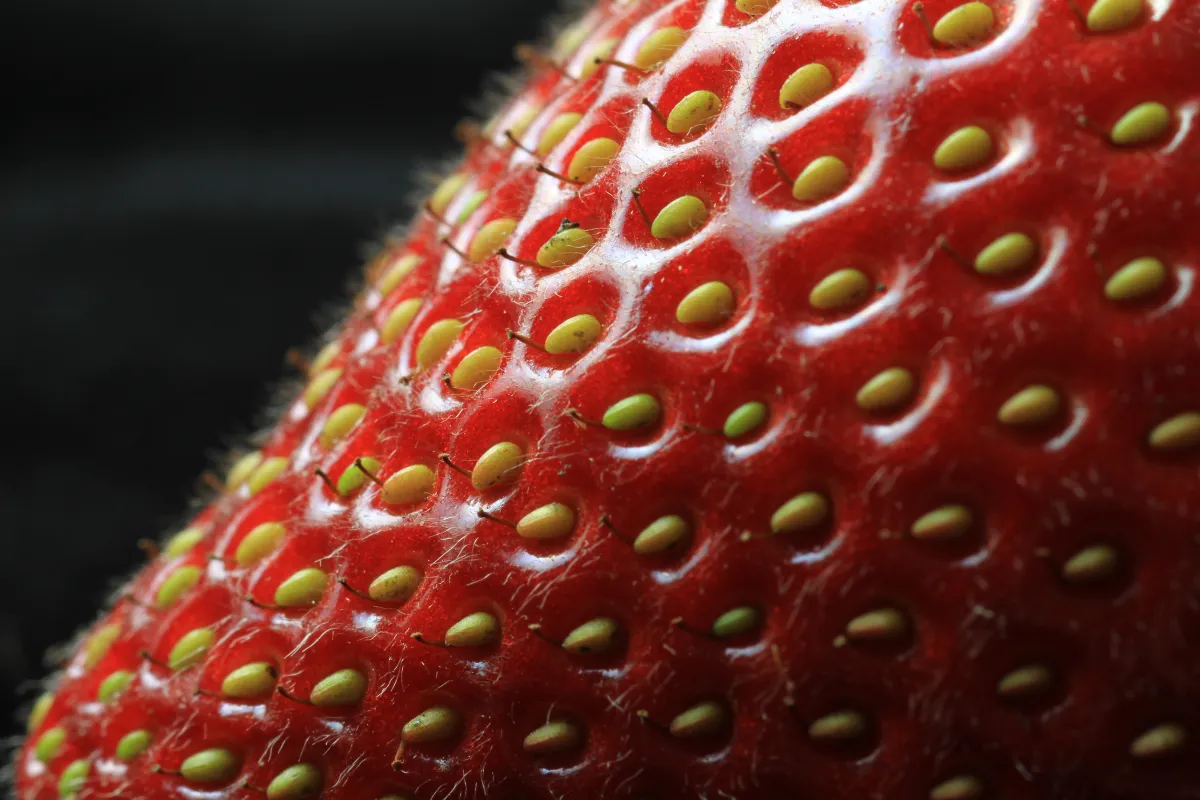

Garden Essentials
When Should You Plant Strawberry Seeds
Modified: March 15, 2024
Discover the perfect time to plant strawberry seeds in your garden. Learn expert tips and tricks for successful strawberry cultivation.
(Many of the links in this article redirect to a specific reviewed product. Your purchase of these products through affiliate links helps to generate commission for Storables.com, at no extra cost. Learn more)
Introduction
Gardening enthusiasts and fruit lovers alike are often drawn to growing their own strawberries. The joy of plucking juicy, red berries from your garden is truly unmatched. One of the most rewarding ways to start your strawberry journey is by planting strawberry seeds. While it may seem like a daunting task for beginners, planting strawberry seeds can be a fun and fulfilling experience.
Understanding the process of growing strawberries from seeds is essential to ensure a successful harvest. From selecting the right variety to knowing the best time to plant, there are certain factors you need to consider. This article will guide you through the process of planting strawberry seeds, from understanding the seeds to caring for the plants.
Whether you have a spacious backyard or a small balcony, growing strawberries from seeds can be done in various settings. With proper planning, preparation, and care, you can enjoy the delightful experience of picking your own home-grown strawberries.
So, let’s dig deeper into the world of strawberry seeds and discover the best time to plant them!
Key Takeaways:
- Strawberry seeds should be planted in early spring or late fall, ensuring optimal temperatures for germination. Proper soil preparation and care are essential for healthy, home-grown strawberries.
- Harvest ripe strawberries in the morning for the sweetest flavor, and enjoy them fresh or in delicious recipes. Gardening is not just about the end result, but also the joy of the process and connection with nature.
Read more: When Do You Plant Strawberry Seeds
Understanding Strawberry Seeds
Before diving into the process of planting strawberry seeds, it’s important to have a basic understanding of what strawberry seeds are and how they function. Strawberry seeds are the tiny, black specks found on the outside of a strawberry fruit. Each seed has the potential to germinate and grow into a new strawberry plant.
Unlike many other fruits and vegetables, strawberries are not typically grown from true seeds. Most commercially available strawberry varieties are reproduced through a process called vegetative propagation, where new plants are grown from the runners or stolons of established plants. Therefore, the seeds found on a strawberry fruit are not the primary method of reproduction for strawberries.
However, planting strawberry seeds can still be a rewarding experience for home gardeners looking to experiment with different varieties or for those who want to start from scratch. It is important to note that strawberry seeds may not produce plants that are exactly identical to the parent plant in terms of flavor, size, or other characteristics. Cross-pollination and genetic variations can lead to subtle differences in the offspring.
When it comes to collecting strawberry seeds, simply scoop them out of a ripe strawberry fruit using a spoon or your fingertip. Rinse the seeds gently under running water to remove any fruit residue. Once the seeds are clean and dry, they are ready to be planted.
Strawberry seeds have a hard outer coat that protects the embryo inside. This hard coating, known as the seed coat, can inhibit germination if it is not properly treated. To improve the germination rate, a process called stratification is often recommended. This involves refrigerating the seeds for a period of time to mimic the natural winter dormancy that strawberry seeds undergo in nature. Stratification helps break down the seed coat and promotes successful germination.
Now that you have a better understanding of strawberry seeds, let’s move on to exploring the factors you should consider before planting them.
Factors to Consider
Before you start planting strawberry seeds, there are several important factors to consider to ensure the success of your strawberry plants. Taking these factors into account will help you create optimal growing conditions and maximize the chances of a bountiful harvest. Here are some key factors to consider:
- Variety Selection: The first factor to consider is the variety of strawberry seeds you want to plant. There are numerous strawberry varieties available, each with its own characteristics such as flavor, size, and growth habit. Research different varieties to find the ones that suit your preferences and growing conditions.
- Climate: Strawberry plants thrive under specific climate conditions. The ideal climate for strawberries is cool to mild temperatures, with a minimum winter chill period. However, some varieties are more tolerant of warmer climates. Consider your local climate and choose varieties that are well-suited to your region.
- Sunlight: Strawberries need ample sunlight to grow and produce a healthy crop. Choose a planting location that receives at least 6-8 hours of direct sunlight each day. Adequate sunlight will promote strong growth and encourage fruiting.
- Soil Quality: Strawberry plants prefer well-draining soil that is rich in organic matter. Conduct a soil test to determine the pH level and nutrient content of your soil. Strawberries generally prefer slightly acidic soil with a pH range of 5.5 to 6.5. If necessary, amend your soil with organic matter, such as compost or well-rotted manure, to improve its structure and fertility.
- Watering: Adequate water supply is crucial for strawberry plants, especially during the fruiting period. Strawberries require consistent moisture without becoming waterlogged. Ensure your planting area has access to irrigation or sufficient natural rainfall. Consider using a drip irrigation system or mulching to help conserve moisture.
- Pest and Disease Resistance: Some strawberry varieties have natural resistance to common pests and diseases, such as powdery mildew or strawberry root weevils. Choosing varieties with built-in resistance can help reduce the risk of plant damage and increase the chances of a successful harvest.
- Space Availability: Determine how much space you can allocate for your strawberry plants. Whether you’re planting in containers, raised beds, or traditional garden beds, make sure you have enough space for the plants to spread and produce runners. Proper spacing will prevent overcrowding and improve air circulation, reducing the risk of disease.
- Companion Planting: Consider companion planting to enhance the growth and health of your strawberry plants. Some compatible plants, like marigolds or chives, can help repel pests or improve soil fertility when planted alongside strawberries. On the other hand, certain plants, such as tomatoes or brassicas (cabbage, kale, etc.), may compete for resources with strawberries and should be avoided in close proximity.
Considering these factors will lay the groundwork for successful strawberry cultivation. Now that you are familiar with the key factors to consider, let’s move on to discuss the best time to plant strawberry seeds.
Best Time to Plant Strawberry Seeds
Timing is crucial when it comes to planting strawberry seeds. The best time to plant strawberry seeds depends on the climate and growing conditions in your region. Understanding the ideal planting time will help your seeds germinate successfully and establish strong plants.
In general, strawberry seeds should be planted in the early spring or late fall. These seasons provide optimal temperatures and conditions for germination and growth. Here are some guidelines to determine the best time to plant strawberry seeds:
- Spring Planting: If you live in a region with cool to mild temperatures, spring is the ideal time to plant strawberry seeds. Wait until the soil has thawed and warmed up enough for planting. Aim to plant the seeds about 4 to 6 weeks before the last expected frost date in your area. This will allow the plants to establish strong root systems before the arrival of warmer temperatures.
- Fall Planting: In regions with milder winters, fall planting can be a viable option. Late summer or early fall is the best time to sow strawberry seeds in these areas. By planting in the fall, the seeds will experience a natural dormancy period during the winter. This stimulates proper development and prepares the plants for vigorous growth in the following spring.
During both spring and fall planting, it’s important to ensure that the soil is well-prepared and the seeds are properly treated for germination. Adequate soil moisture and cool temperatures help facilitate successful germination and seedling establishment.
It’s worth noting that strawberry plants are perennial, meaning they can continue to grow and produce fruit for several years. By planting strawberry seeds in the appropriate season, you give the plants ample time to develop strong root systems and establish themselves for years of healthy growth and harvest.
Now that you have determined the best time to plant strawberry seeds, let’s move on to the next step: preparing the soil.
Preparing the Soil
Creating the ideal growing environment is crucial for the success of your strawberry plants. Before planting strawberry seeds, it’s essential to prepare the soil to provide the necessary nutrients, drainage, and pH level. Proper soil preparation sets the stage for healthy root development and vigorous growth. Here are some steps to prepare the soil:
- Clear the Area: Begin by clearing the planting area of any weeds, grass, or debris. These can compete with your strawberry plants for nutrients and water.
- Loosen the Soil: Use a garden fork or tiller to loosen the soil to a depth of at least 8 to 10 inches. This helps aerate the soil and improves drainage. Avoid working the soil when it is wet, as it can lead to compaction.
- Remove Rocks and Debris: While loosening the soil, take the time to remove any large rocks, sticks, or roots that may obstruct plant growth or interfere with root development.
- Amend the Soil: Test the pH level of your soil using a pH testing kit. Strawberries prefer slightly acidic soil with a pH range of 5.5 to 6.5. If the soil pH is outside of this range, you can amend it by adding lime to raise the pH or sulfur to lower it. Follow the instructions on the packaging for proper application rates.
- Add Organic Matter: Enrich the soil by adding organic matter, such as compost or well-rotted manure. This helps improve soil structure, drainage, and fertility. Spread a layer of organic matter over the loosened soil and mix it in thoroughly.
- Level the Soil: After amending the soil, use a rake or garden tool to level the surface. This ensures an even planting area and helps with water distribution.
By preparing the soil properly, you create a nutrient-rich, well-draining environment that promotes healthy root growth and sets the foundation for your strawberry seeds to thrive. Now that the soil is ready, it’s time to move on to the next step: planting strawberry seeds.
Plant strawberry seeds in early spring, after the last frost date in your area. This will give the seeds time to establish before the hot summer months.
Read more: When Should You Plant Seeds
Planting Strawberry Seeds
Planting strawberry seeds correctly is crucial for the successful establishment of your strawberry plants. When done properly, it sets the stage for healthy growth and a bountiful harvest. Here are the steps to follow when planting strawberry seeds:
- Choose the Planting Container: Select a container that is at least 6 inches deep and has drainage holes at the bottom. This allows excess water to escape and prevents waterlogged soil, which can lead to root rot.
- Fill the Container: Fill the container with a well-draining potting mix or a soilless seed starting mix. These mixes provide the necessary nutrients and drainage for the seeds to germinate and grow. Moisten the soil lightly before planting.
- Plant the Seeds: Place the strawberry seeds on top of the moist soil, spacing them 1 to 2 inches apart. Gently press the seeds into the soil, but do not cover them completely. The seeds require light to germinate, so a thin covering of soil or vermiculite is enough to protect them.
- Provide Moisture: Mist the seeds with water to ensure proper moisture. Cover the container with a clear plastic lid or plastic wrap to create a humid environment. This helps with germination. Keep the soil moist but not overly saturated throughout the germination process.
- Germination and Growth: Place the container in a warm location, ideally with temperatures around 70-75°F (21-24°C). Strawberry seeds typically take 2-4 weeks to germinate, although it can vary depending on the variety and growing conditions. Keep an eye on the moisture levels and remove the plastic cover once the seeds have sprouted.
- Transplanting: Once the seedlings have developed two or three true leaves, they can be transplanted into individual pots or into the garden. Gently lift the seedlings from the container and carefully separate them, taking care not to damage the delicate roots. Plant each seedling in a prepared hole at the same depth it was growing in the container.
- Spacing: When transplanting strawberry seedlings, maintain a spacing of 12-18 inches between plants. This allows for proper airflow and prevents overcrowding as the plants grow and produce runners.
- Care: After planting, water the seedlings gently to settle the soil around the roots. From this point forward, maintain consistent watering to keep the soil evenly moist but not waterlogged. Apply a layer of mulch around the plants to help conserve moisture and suppress weeds. Fertilize the plants according to the package instructions with a balanced, organic fertilizer.
By following these steps, you are on your way to growing healthy strawberry plants from seeds. Now, let’s move on to the essential care that strawberry plants require.
Caring for Strawberry Plants
Proper care is essential for the health and productivity of your strawberry plants. By providing the right care, you can ensure that your strawberry plants grow strong, produce bountiful fruit, and continue to thrive year after year. Here are some important aspects to consider when caring for your strawberry plants:
- Watering: Strawberries require consistent moisture to thrive. Provide regular watering, aiming to keep the soil evenly moist throughout the growing season. Avoid overwatering, as it can lead to root rot. Water at the base of the plants, preferably in the morning, to allow the leaves to dry before evening.
- Weeding: Keep the area around your strawberry plants free from weeds. Weeds can compete for nutrients, water, and sunlight, reducing the overall health and productivity of your plants. Regularly remove weeds by hand or use a shallow cultivation tool to disturb the soil surface.
- Mulching: Apply a layer of organic mulch, such as straw or wood chips, around your strawberry plants. Mulching helps suppress weeds, conserve moisture, and regulate soil temperatures. Ensure that the mulch is applied carefully, avoiding covering the crown of the plant, as this can lead to rotting.
- Feeding: Fertilize your strawberry plants regularly to provide the essential nutrients they need. Use a balanced, slow-release fertilizer or incorporate compost or well-rotted manure into the soil before planting. Follow the package instructions for application rates and frequency, adjusting based on the specific needs of your plants.
- Pest and Disease Control: Keep a close eye on your strawberry plants for signs of pests or diseases. Common pests that affect strawberries include aphids, slugs, and strawberry root weevils. Regularly inspect the plants and take appropriate action if you notice any infestations. Look out for diseases such as powdery mildew or gray mold, and treat them promptly to prevent further spread.
- Runner Management: Strawberry plants produce runners, which are stems that trail along the soil surface and develop into new plants. If you want to expand your strawberry bed, you can allow some runners to root and form new plants. However, excessive runner production can divert energy away from fruit production. Consider pinching off or redirecting some runners to maintain a more compact plant and encourage better fruiting.
- Seasonal Care: In colder regions, apply a layer of straw or pine needles over your strawberry plants in late fall or early winter. This helps protect the plants from freezing temperatures and insulates the crowns. In warmer regions, monitor your plants for heat stress and provide shade or supplemental watering during periods of extreme heat.
By providing proper care to your strawberry plants, you can ensure their health, productivity, and longevity. With a little attention and care, you will soon enjoy the delightful experience of harvesting and enjoying your home-grown strawberries.
Now, let’s move on to the exciting part: harvesting and enjoying the fruits of your labor!
Harvesting and Enjoying Strawberries
After patiently caring for your strawberry plants, the time will come to harvest the luscious, ripe berries. Harvesting strawberries at the perfect stage of ripeness ensures a sweet and delightful flavor. Here are some tips for harvesting and enjoying your home-grown strawberries:
- Observation: Keep a close eye on your strawberry plants as they begin to produce fruit. Look for berries that are fully red and plump, with a glossy appearance. Strawberries should be firm but still have a slight give when gently pressed.
- Timing: Harvest strawberries in the morning when the temperatures are cooler. Berries picked in the morning tend to be sweeter, as sugar levels are at their peak during this time.
- Technique: Use a pair of clean scissors or garden pruners to harvest strawberries. Cut the stem about half an inch above the fruit, being careful not to bruise or damage the berries or nearby foliage.
- Continual Harvest: Strawberries do not all ripen at the same time, so it’s important to check your plants regularly for new fruit. Harvest ripe berries as soon as they are ready to prevent overripening, rotting, or attracting pests.
- Enjoying Strawberries: Once you have harvested your strawberries, the possibilities for enjoying them are endless. Indulge in the simple pleasure of eating them fresh from the garden, savoring their juicy sweetness. You can also use strawberries in a variety of delicious recipes, such as salads, jams, pies, smoothies, or as toppings for desserts.
- Storage: If you have more strawberries than you can consume immediately, store them properly to prolong their freshness. Place unwashed strawberries in a single layer in a shallow container lined with paper towels. Store them in the refrigerator and only wash them just before use. Strawberries are best consumed within a few days of picking for the tastiest experience.
- Preserving: If you want to enjoy your home-grown strawberries throughout the year, consider preserving them by freezing or making homemade jams. Freezing strawberries is a simple process: wash and dry them thoroughly, remove the stems, and place them in a freezer-safe bag or container.
By following these guidelines, you can harvest your strawberries at their peak, savor their delightful flavor, and even extend their enjoyment beyond the growing season.
Congratulations! You have successfully journeyed from planting strawberry seeds to harvesting and enjoying the fruits of your labor. The process of growing strawberries is not only rewarding but also allows you to connect with nature and experience the joy of home-grown produce. Remember to appreciate the beauty and deliciousness of each strawberry you harvest!
Now it’s time to start planning for your next strawberry-growing adventure and explore new varieties or techniques to further enhance your gardening skills. Happy strawberry gardening!
Conclusion
Growing strawberries from seeds can be a fulfilling and rewarding experience for gardeners and fruit enthusiasts alike. Through understanding the intricacies of strawberry seeds, considering important factors, and following proper care techniques, you can cultivate healthy plants and enjoy a bountiful harvest of delicious strawberries.
By selecting the right variety, timing the planting correctly, and preparing the soil adequately, you create an optimal environment for your strawberry seeds to germinate and develop into strong plants. Caring for the plants by providing consistent moisture, controlling pests and diseases, and managing runners ensures their continued health and productivity.
The excitement culminates when it’s time to harvest the ripe, plump strawberries. By observing the signs of ripeness, employing gentle harvesting techniques, and enjoying them fresh or in various culinary creations, you can fully savor the flavors and rewards of your hard work.
Remember, gardening is not just about the end result but also about the process and the connection with nature. The journey of growing strawberries from seeds allows you to appreciate the beauty and deliciousness of each strawberry you harvest and provides a deeper understanding of the intricate workings of plants.
So, whether you have a small balcony or a spacious garden, don’t hesitate to embark on your strawberry-growing adventure. Embrace the joy of watching your strawberry plants thrive, experiencing the anticipation of each berry’s ripening, and relishing the incredibly satisfying taste of your home-grown strawberries.
Now it’s time to grab your gardening gloves, get your hands dirty, and immerse yourself in the delightful world of strawberry gardening. Happy planting and harvesting!
Frequently Asked Questions about When Should You Plant Strawberry Seeds
Was this page helpful?
At Storables.com, we guarantee accurate and reliable information. Our content, validated by Expert Board Contributors, is crafted following stringent Editorial Policies. We're committed to providing you with well-researched, expert-backed insights for all your informational needs.
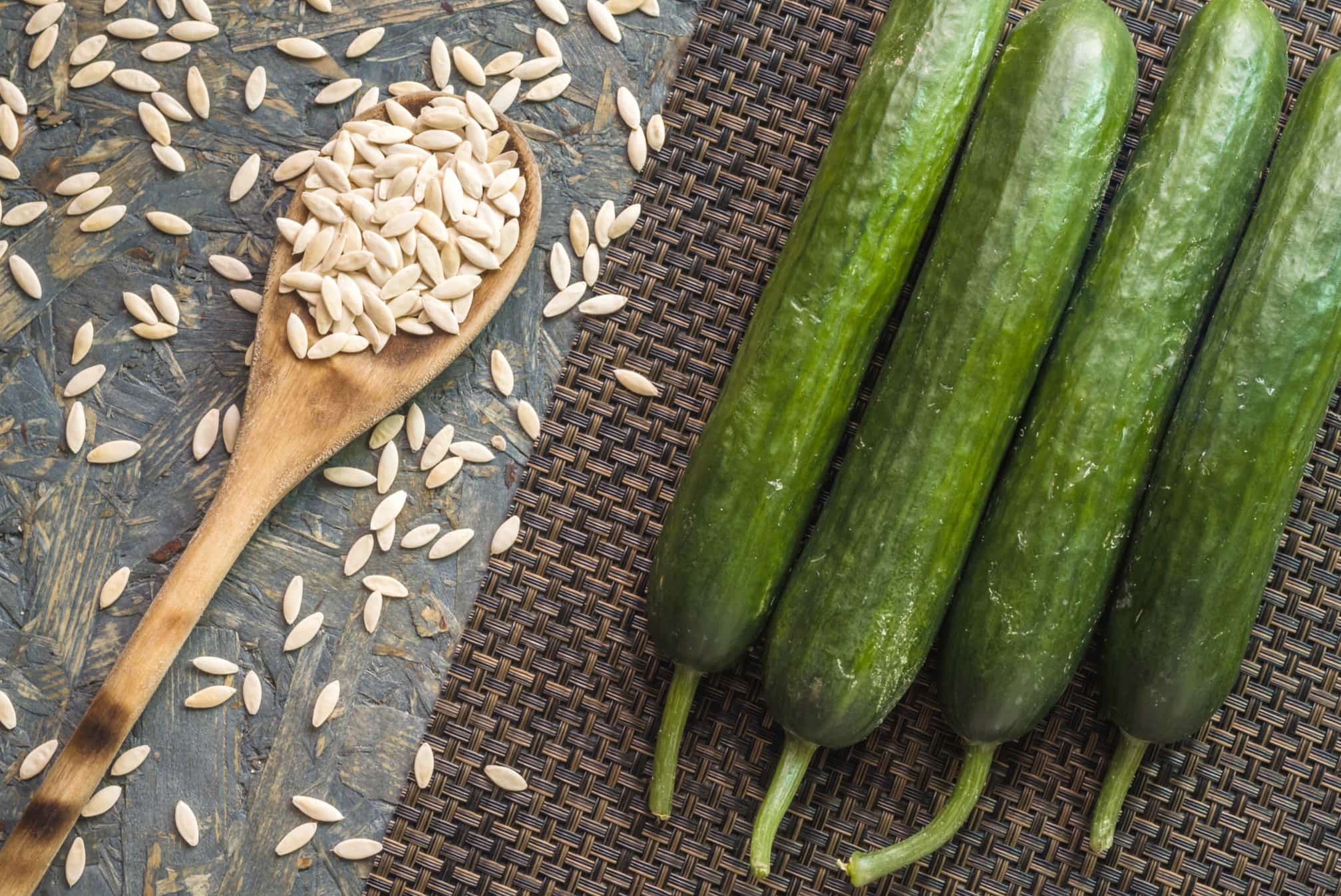
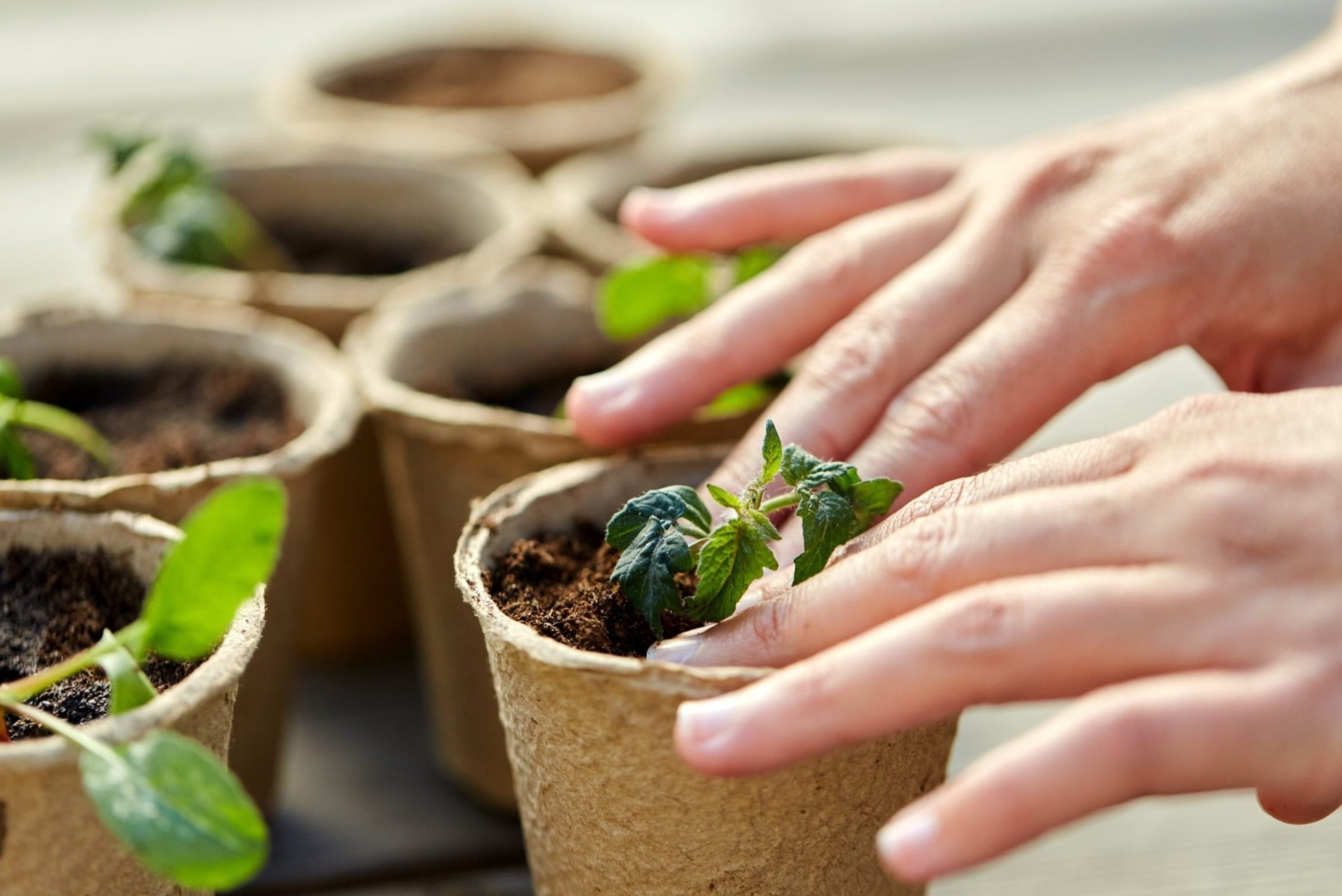
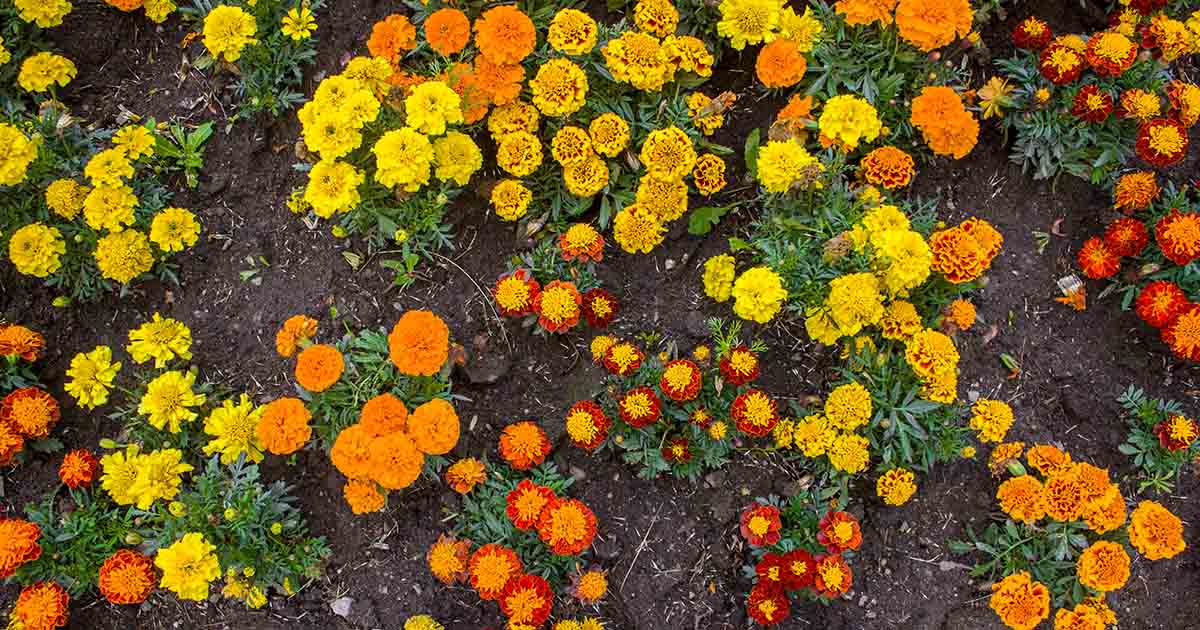
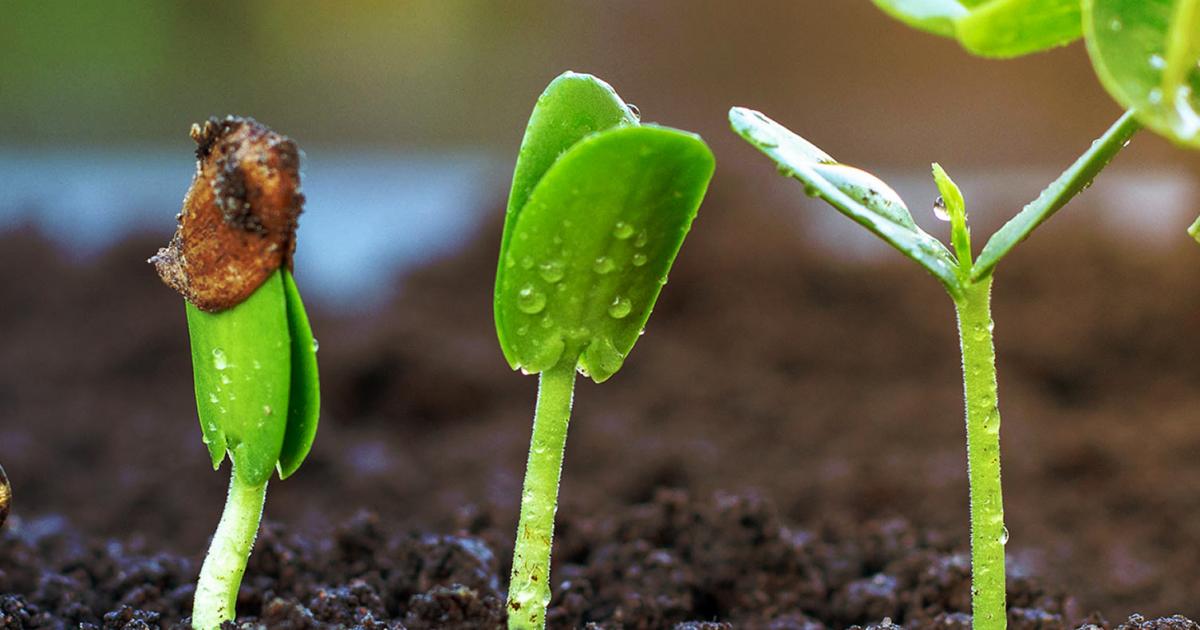
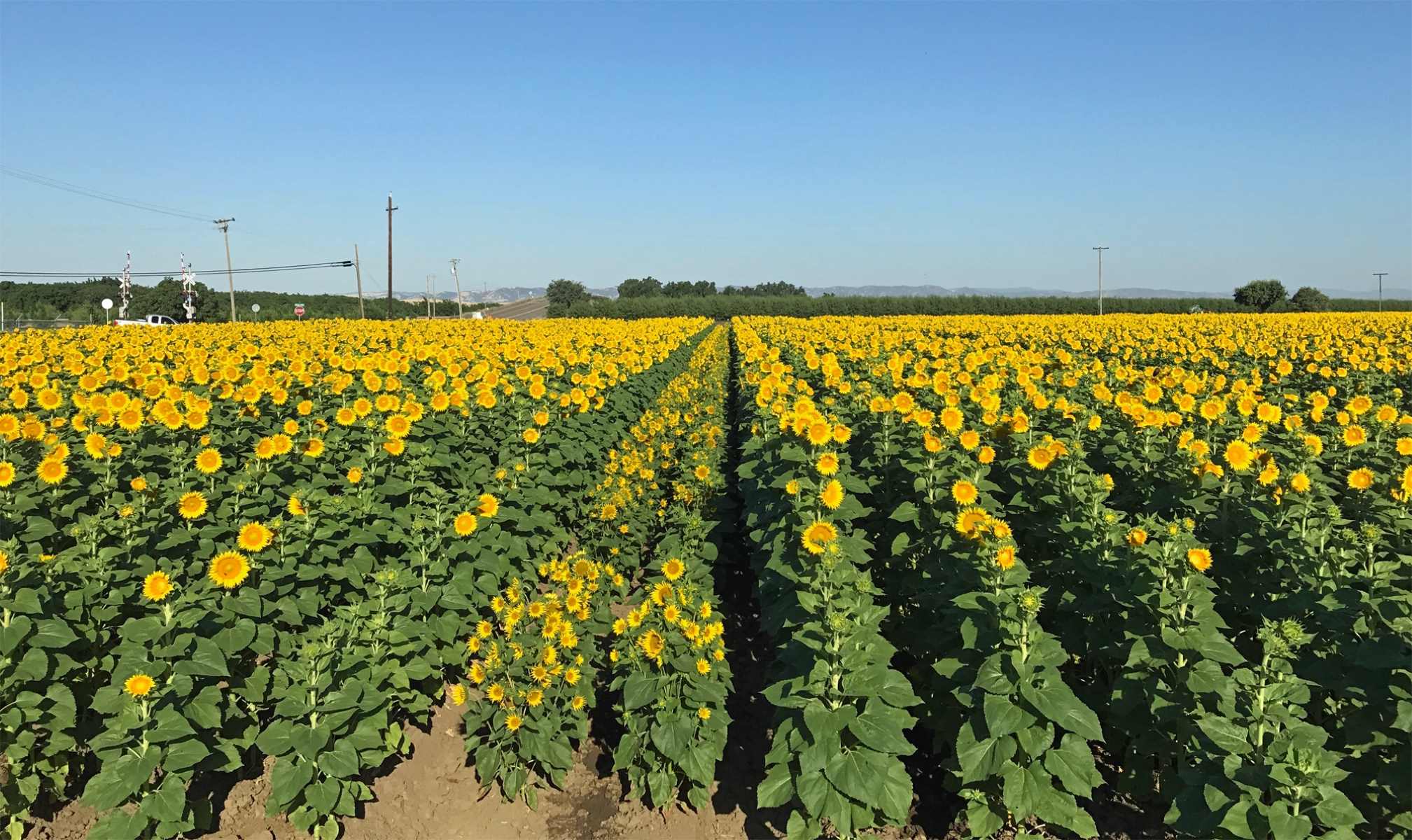
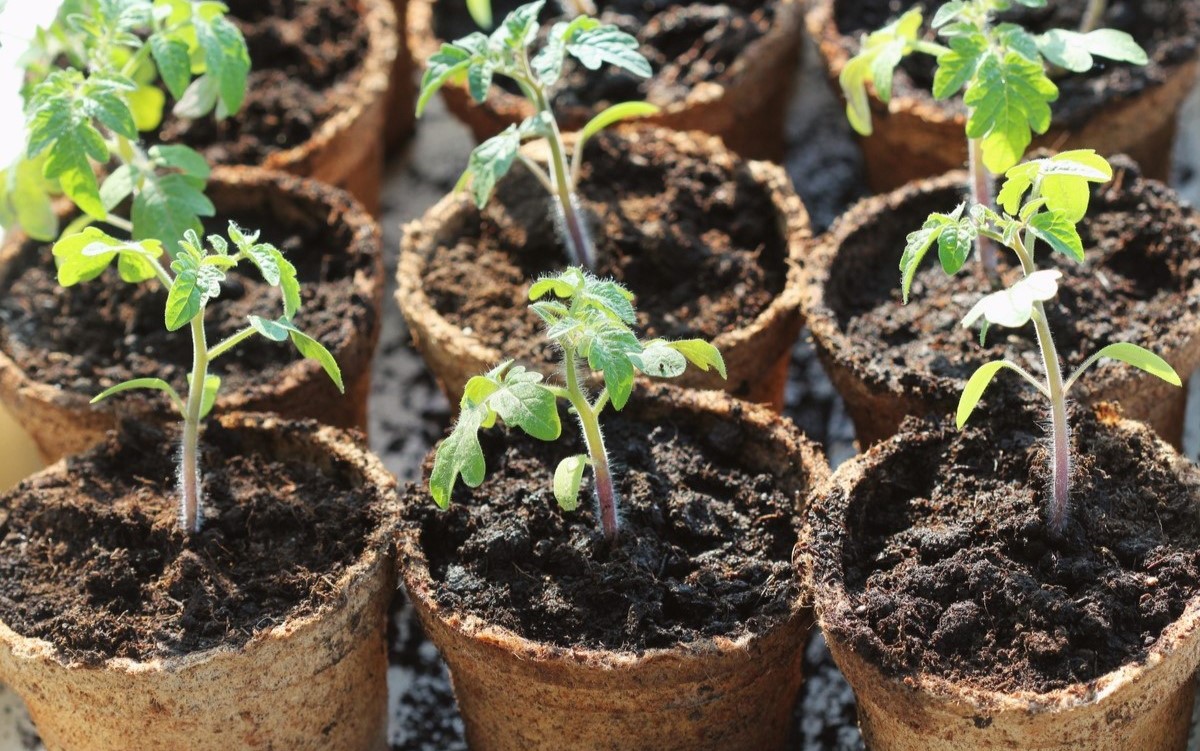
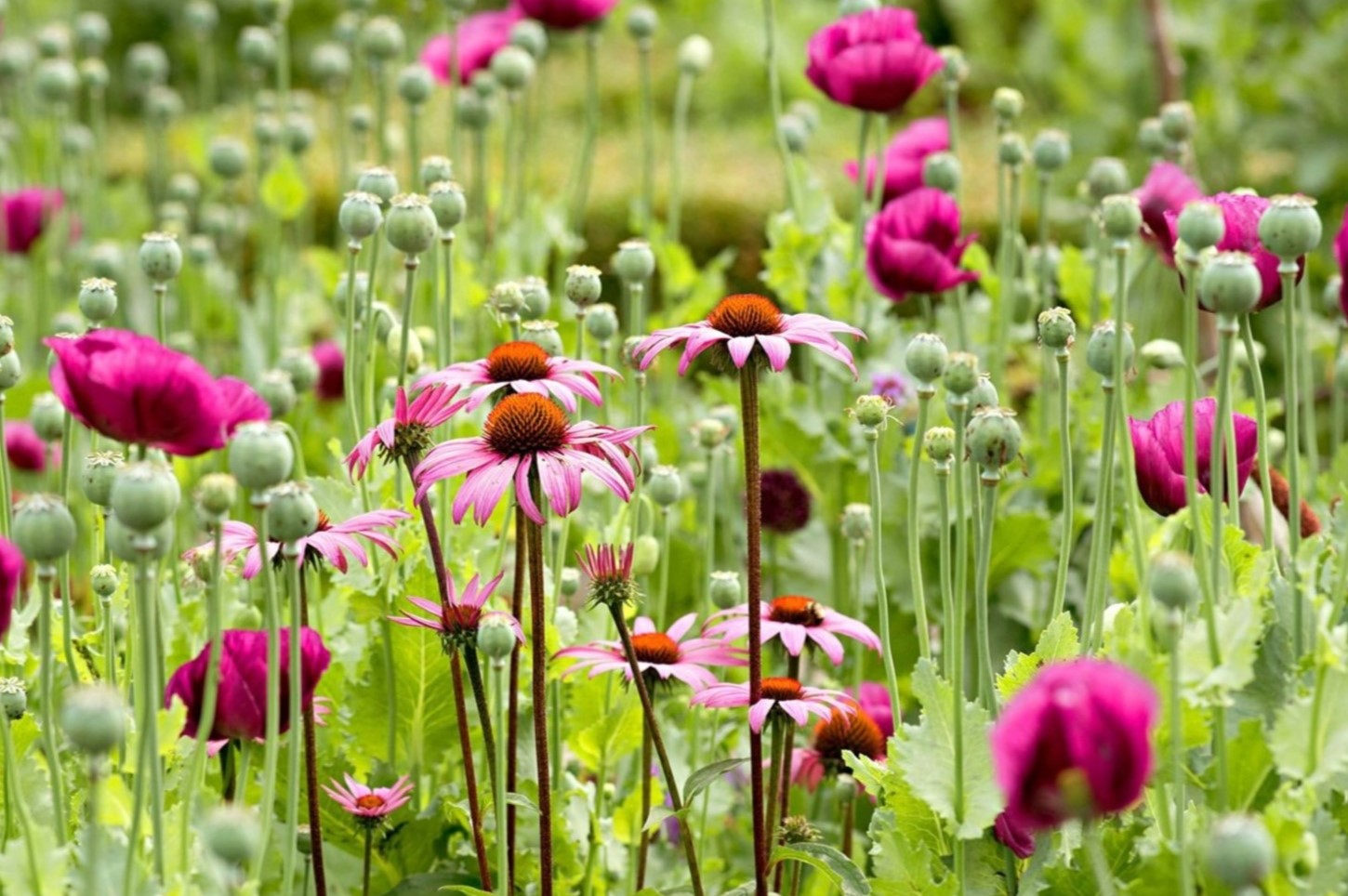
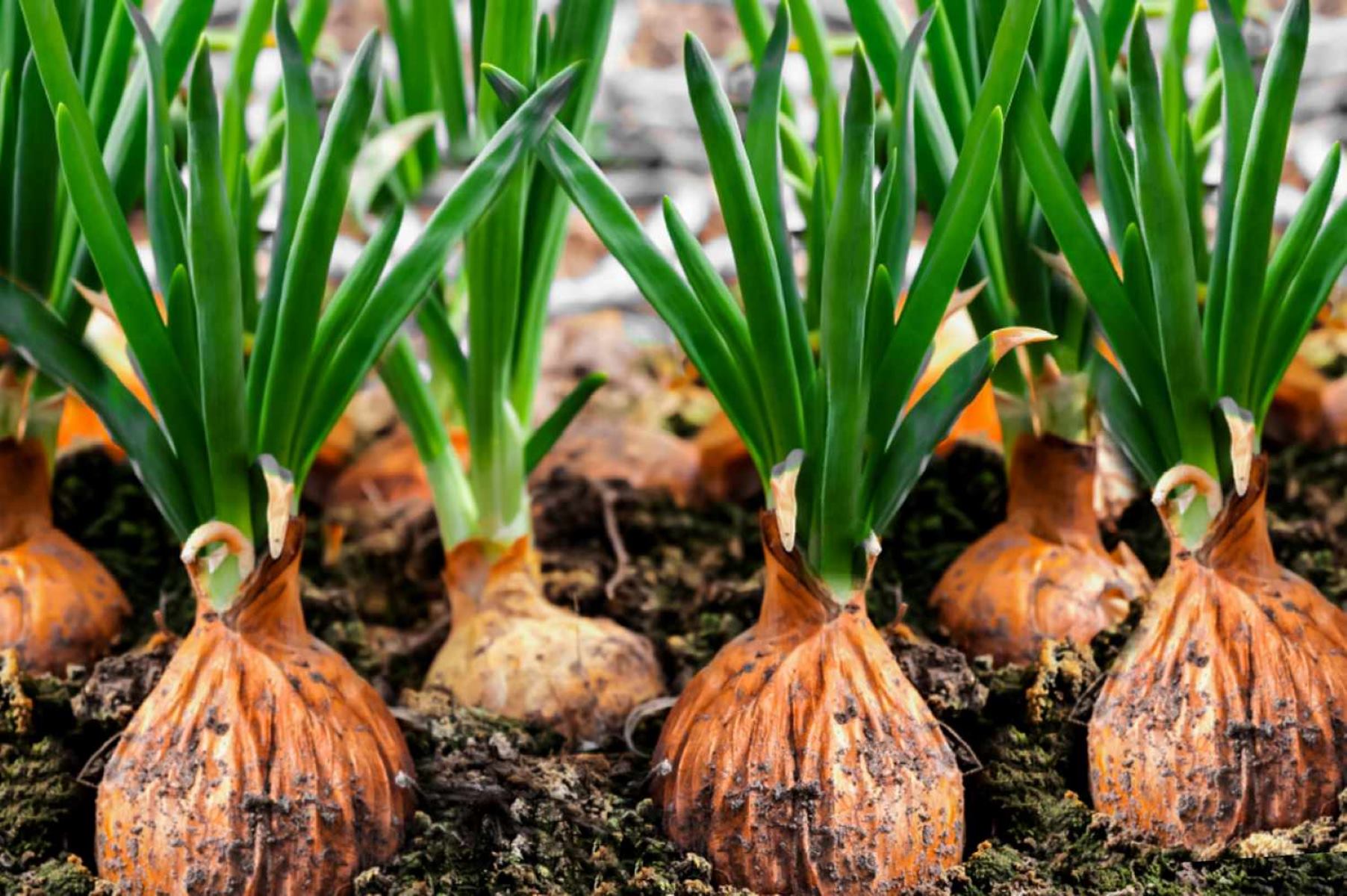
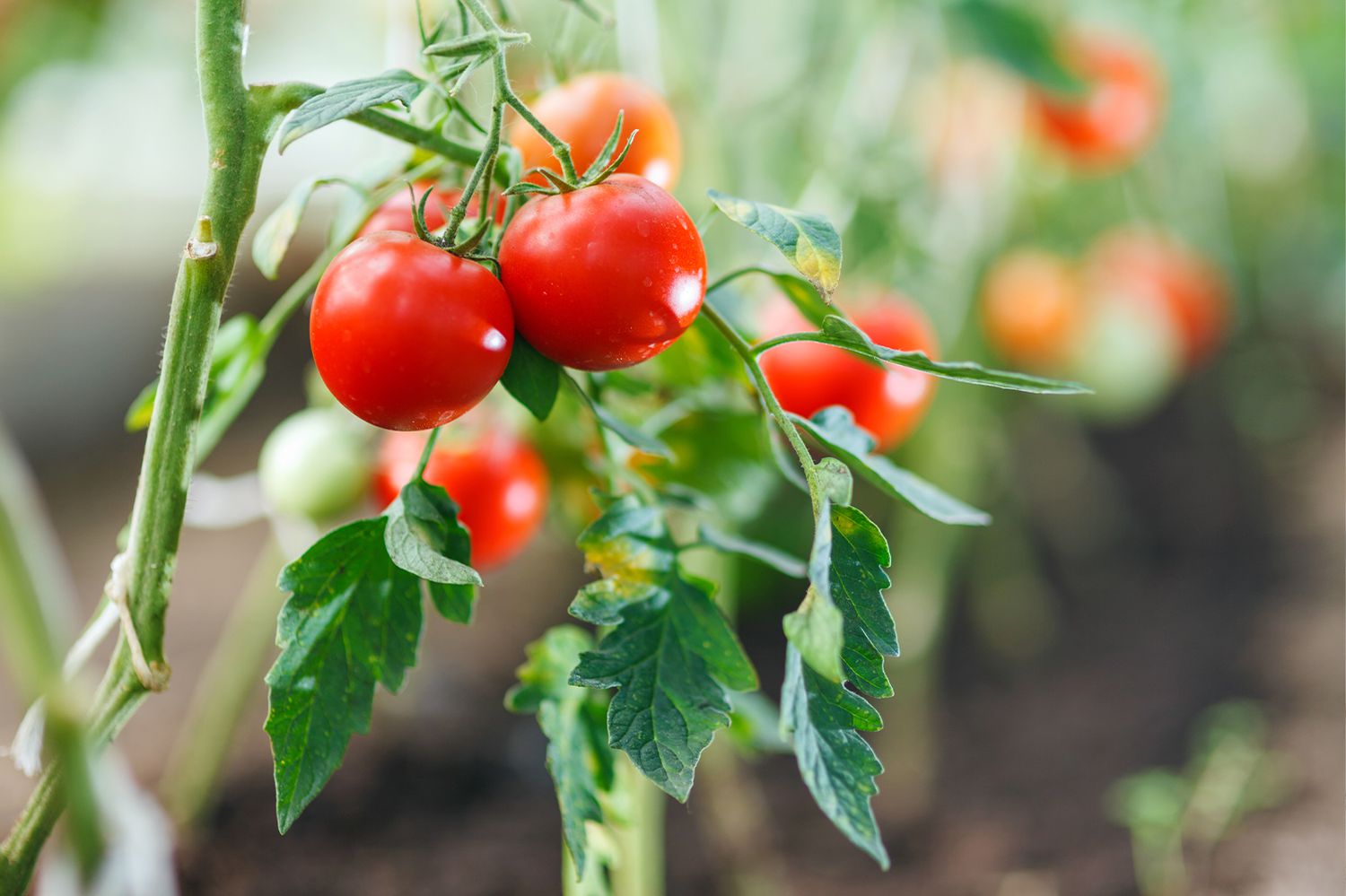
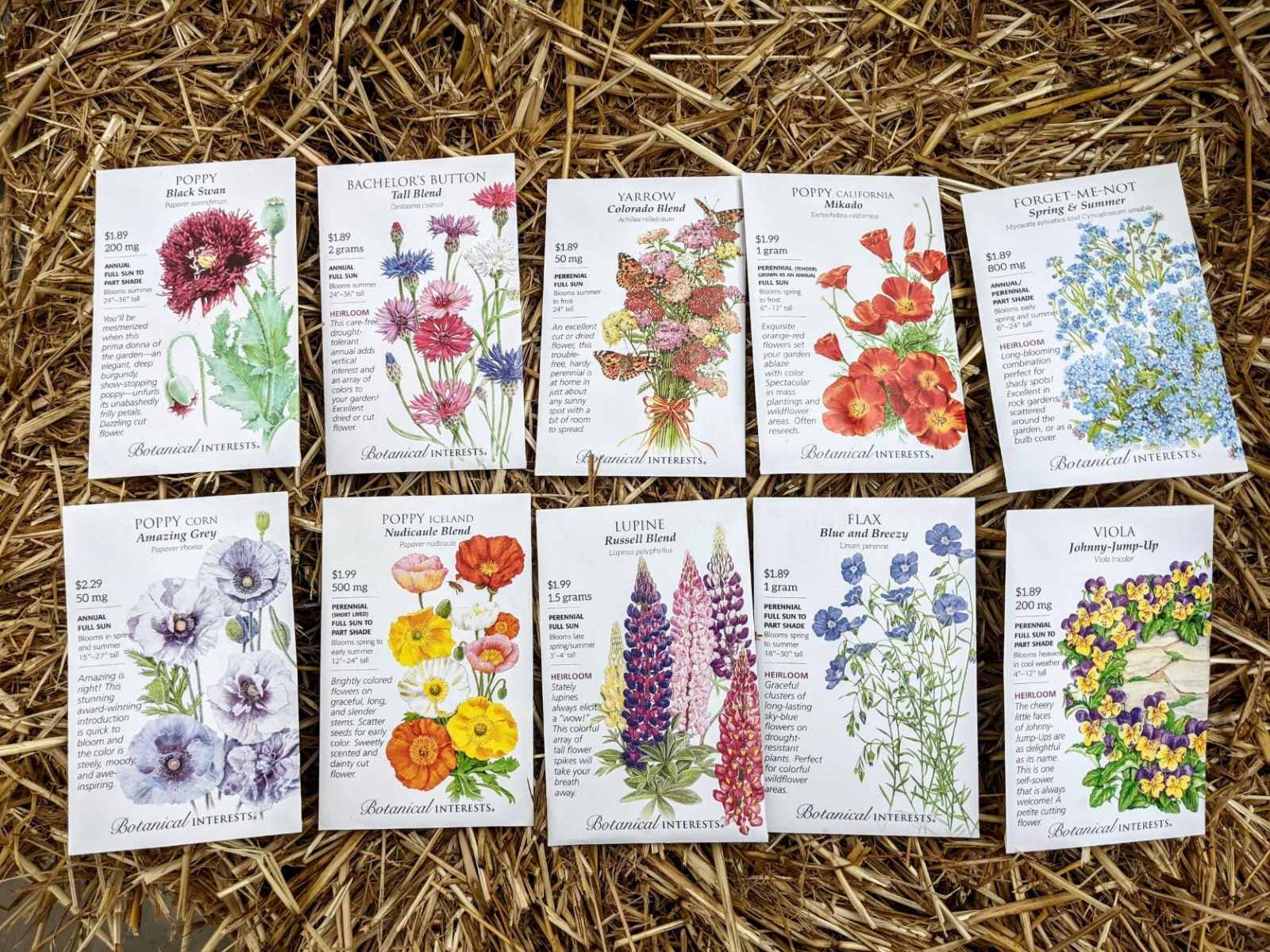
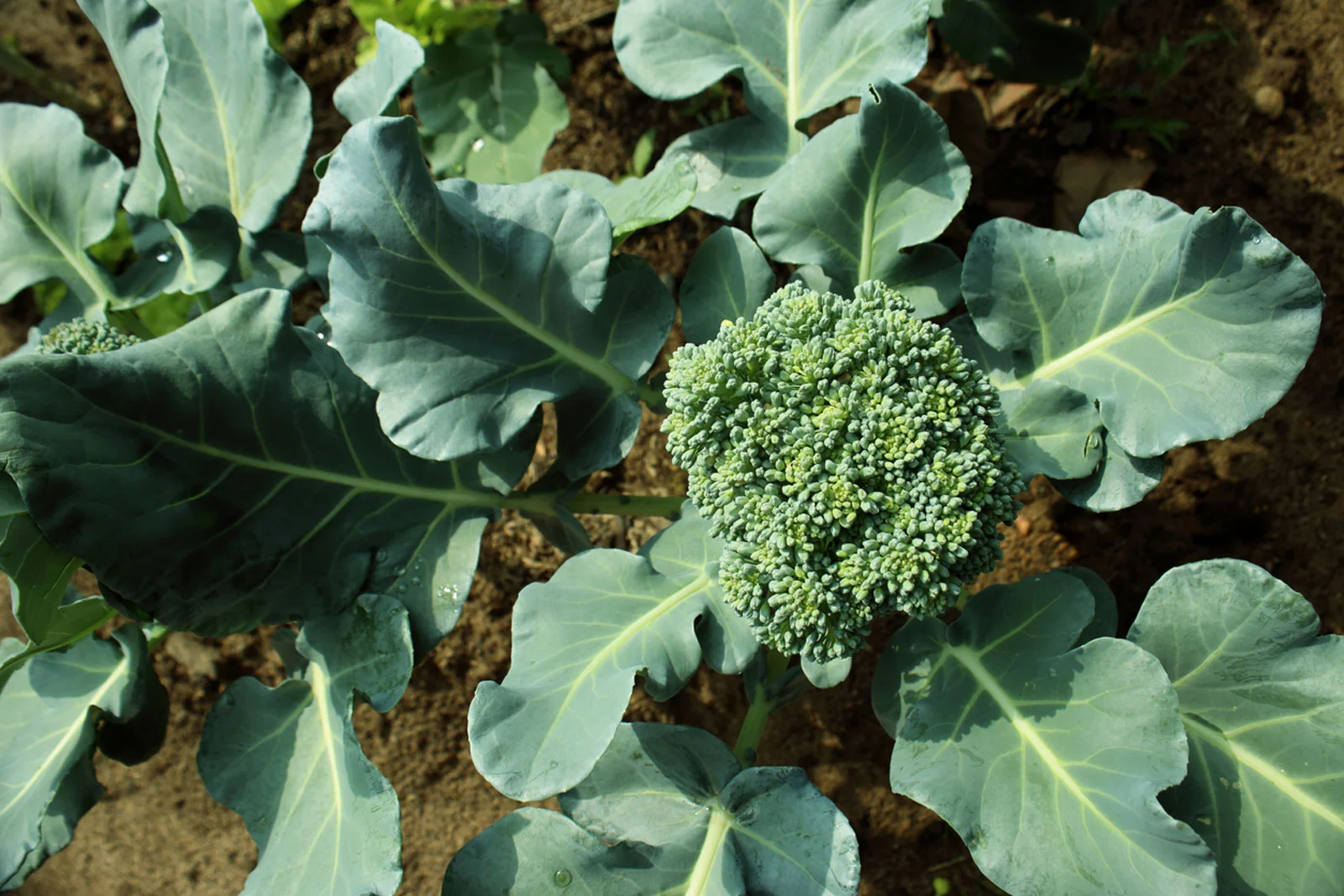
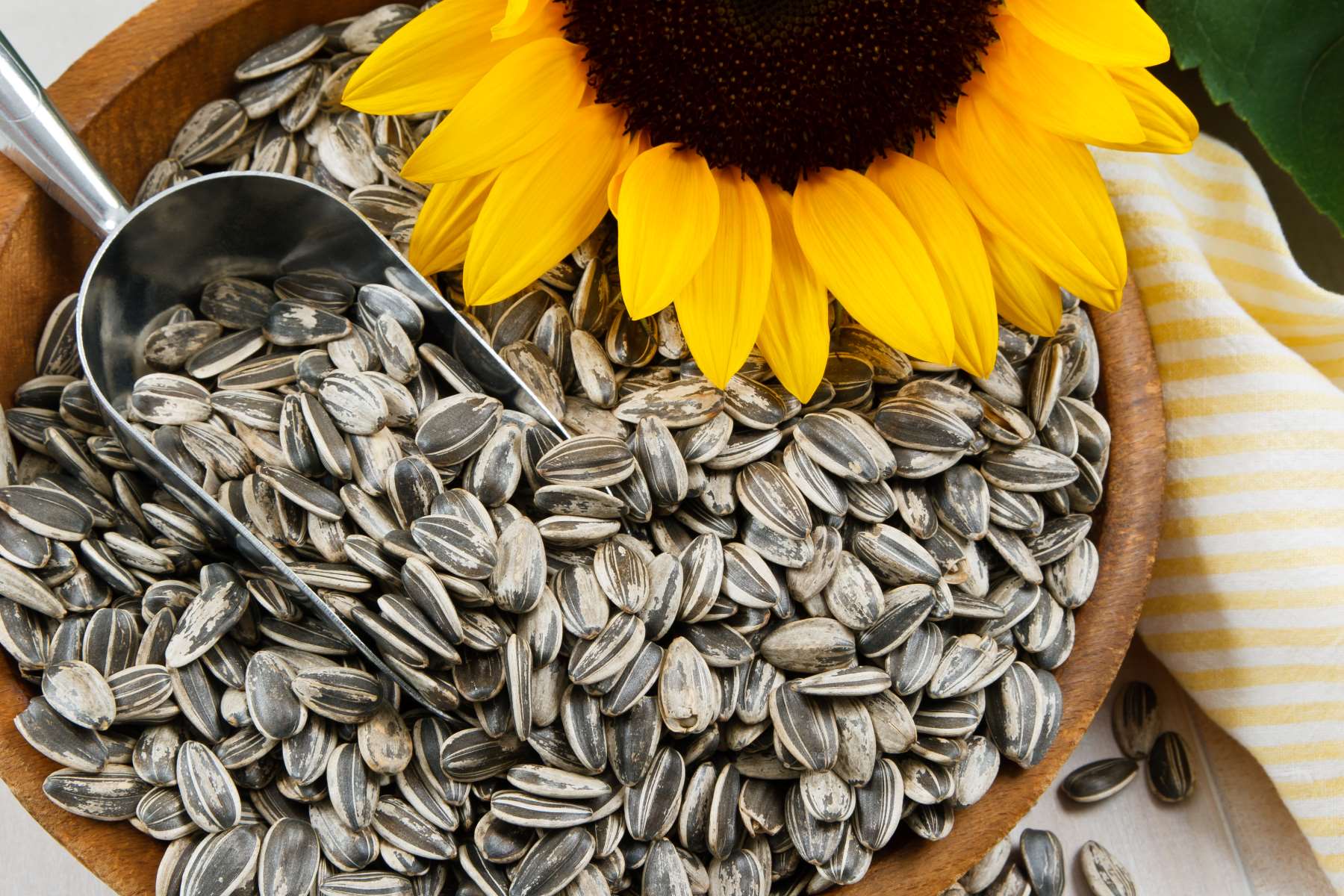
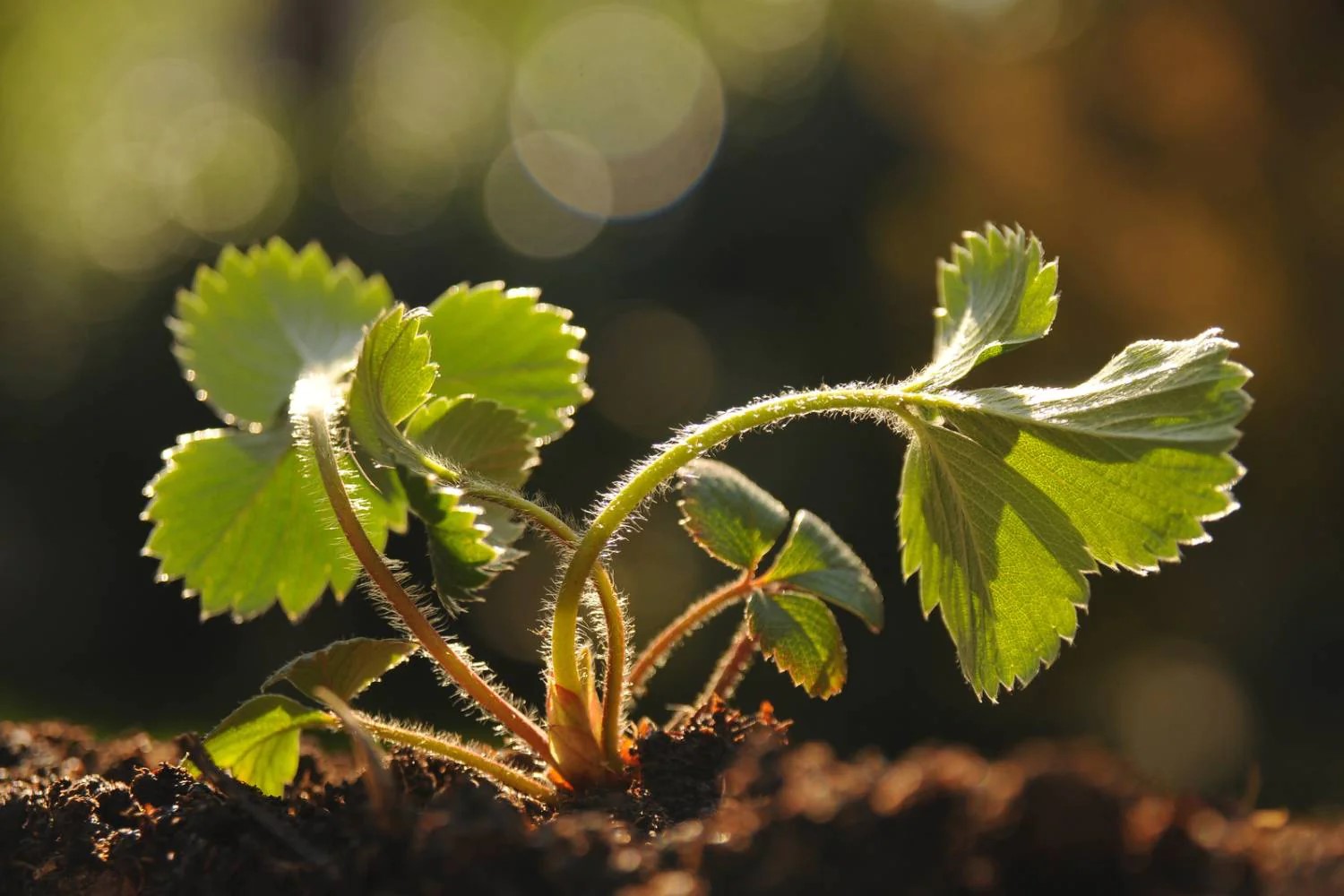
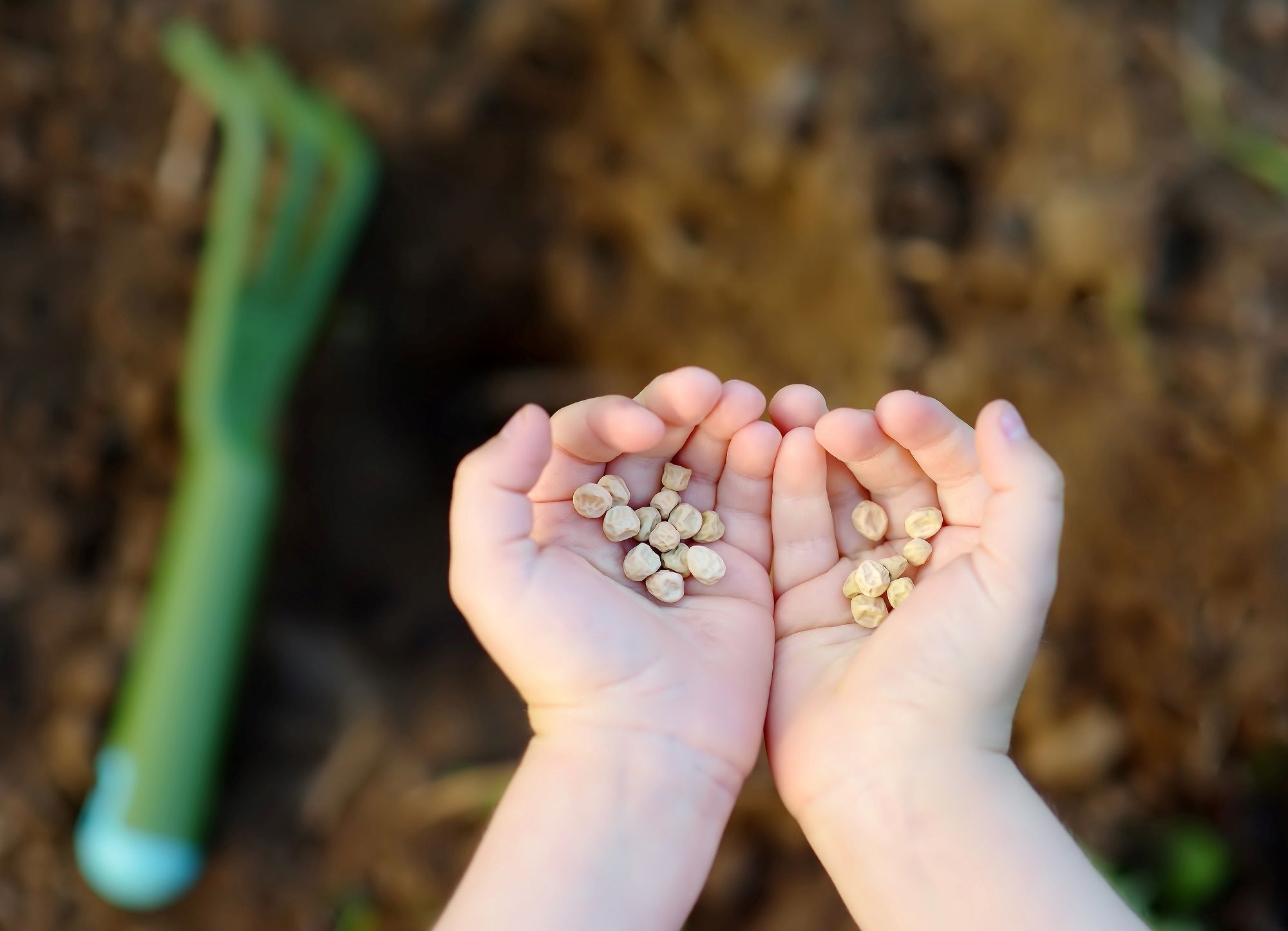

0 thoughts on “When Should You Plant Strawberry Seeds”